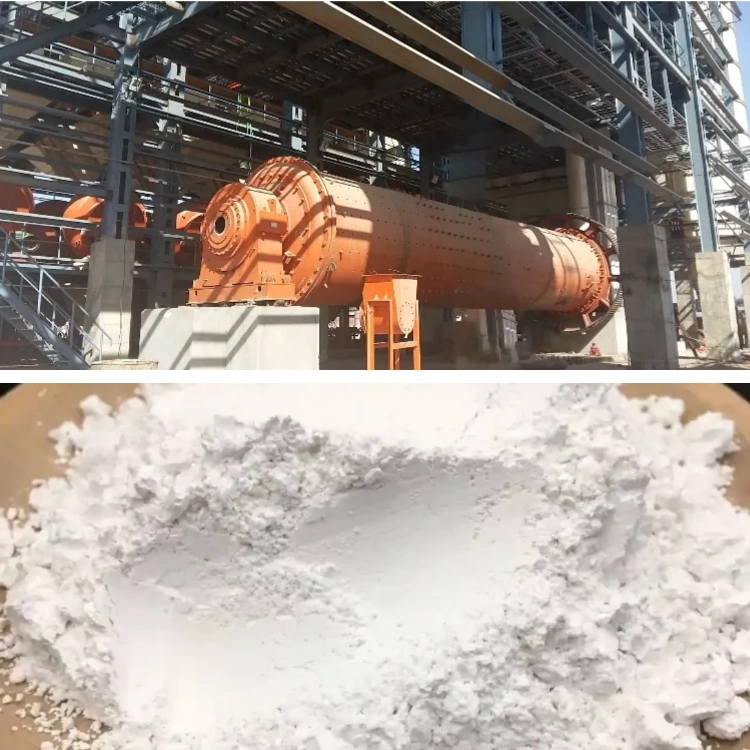Dry grinding of calcium carbonate powder is a common process for producing ground calcium carbonate (GCC). Although it is widely used due to its low equipment investment, mature technology, simple process, low energy consumption and high single machine output. However, some problems will be encountered in the actual production process, including but not limited to:

Particle Size Limit
Dry grinding can technically produce products below 2500 mesh, but beyond this particle size, the economic efficiency is poor due to the sharp increase in energy consumption and cost. Therefore, for the demand for ultrafine powders, dry grinding may not be the best choice.
Energy Consumption and Cost
As the requirements for calcium carbonate powder particle size increase, the energy consumption of dry grinding increases significantly. This directly affects the production cost, making the production of ultrafine heavy calcium carbonate economically uneconomical.
Particle Size Distribution
The particle size distribution of dry-ground products is wide and may form a multi-peak distribution. This is a challenge in applications that require precise control of particle size distribution.
Particle Shape
The heavy calcium particles obtained by dry grinding are irregular in shape and have obvious edges and corners. This may affect the application performance of the final product. Especially in industries with special requirements for particle shape, such as fillers for plastics and rubber.
Moisture Control of Powder
The moisture content of heavy calcium produced by dry method is difficult to control accurately. It is usually higher than that of wet method products, which may affect its performance in some applications that require low moisture content. For example, in plastic processing that requires good fluidity and dispersibility.
Modification Difficulties
For fine powders above 1250 mesh, dry modification may lead to low activation and secondary agglomeration. This will affect the modification effect and the performance of the final product.
Equipment Wear
During the dry grinding process, the equipment wears greatly due to the direct collision between the material and the grinding medium. This requires regular maintenance and replacement of parts, which increases maintenance costs.
Environmental Issues
Dry grinding may generate more dust, which may affect the environment and workers’ health. An effective dust removal system is needed to control it.
Temperature Control
During the grinding process, the dry process may generate higher temperatures due to friction, affecting the physical properties of the powder. For example, special attention should be paid to the handling of heat-sensitive materials.
Product Purity
Dry grinding may introduce impurities due to dust flying, affecting the purity of the final product.
Conclusion

To address these issues, producers usually take measures such as optimizing process parameters, using efficient classification equipment, improving grinding media and surface modification technology to improve product quality and production efficiency.
Epic Powder
Epic Powder, 20+ years of work experience in the ultrafine powder industry. Actively promote the future development of ultra-fine powder, focusing on crushing, grinding, classifying and modification process of ultra-fine powder. Contact us for a free consultation and customized solutions! Our expert team is dedicated to providing high-quality products and services to maximize the value of your powder processing. Epic Powder—Your Trusted Powder Processing Expert !